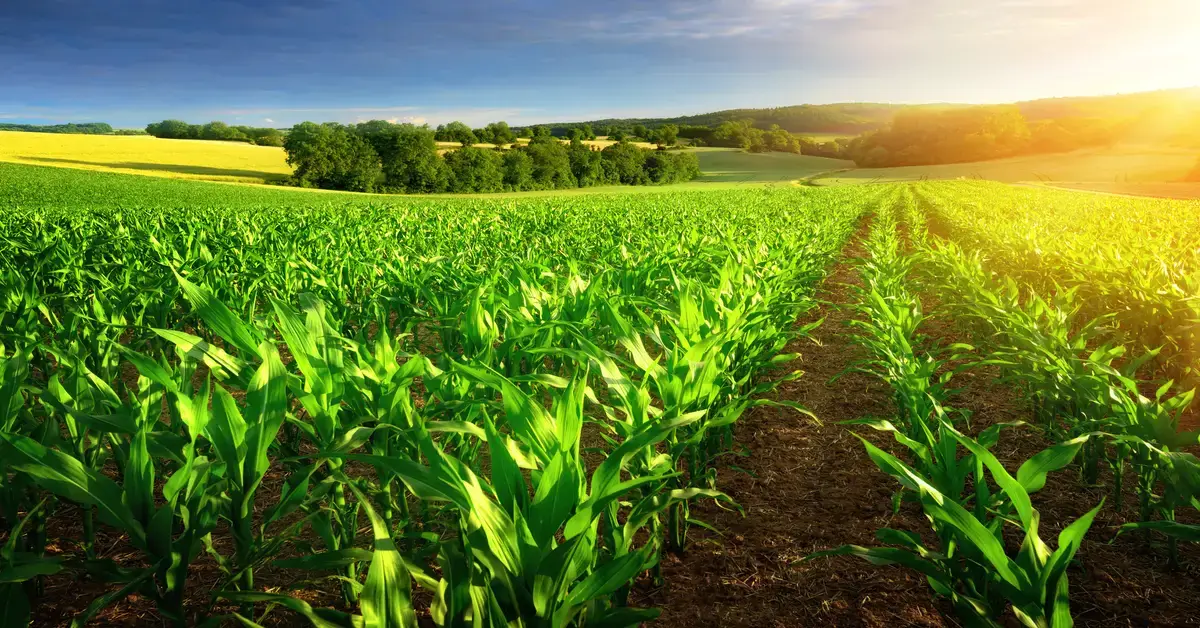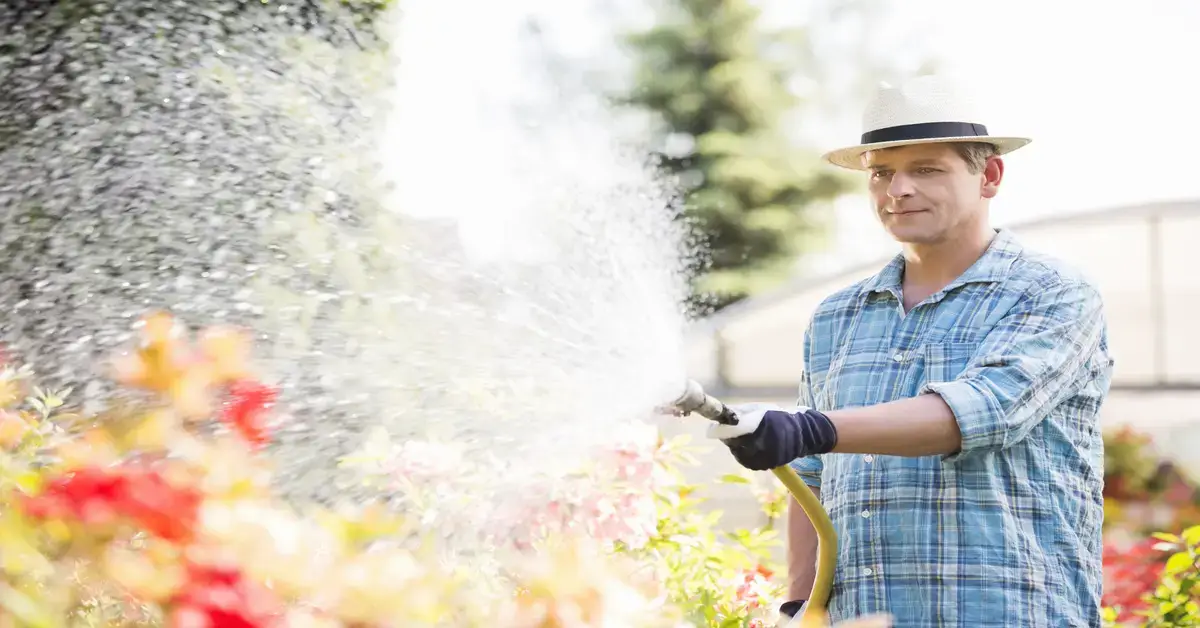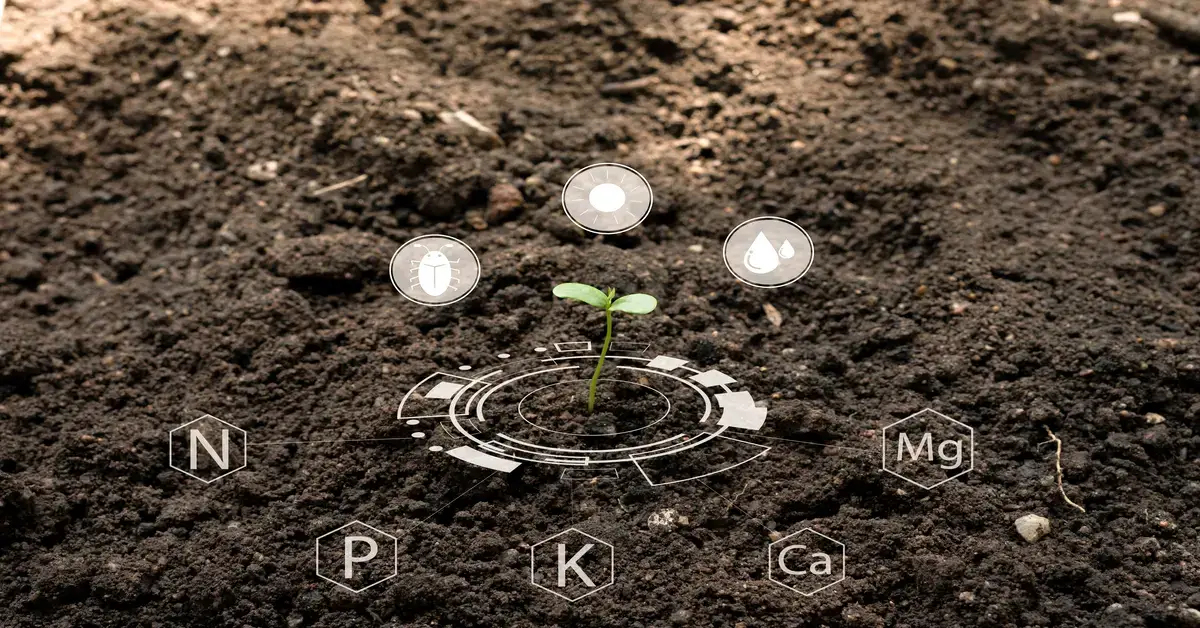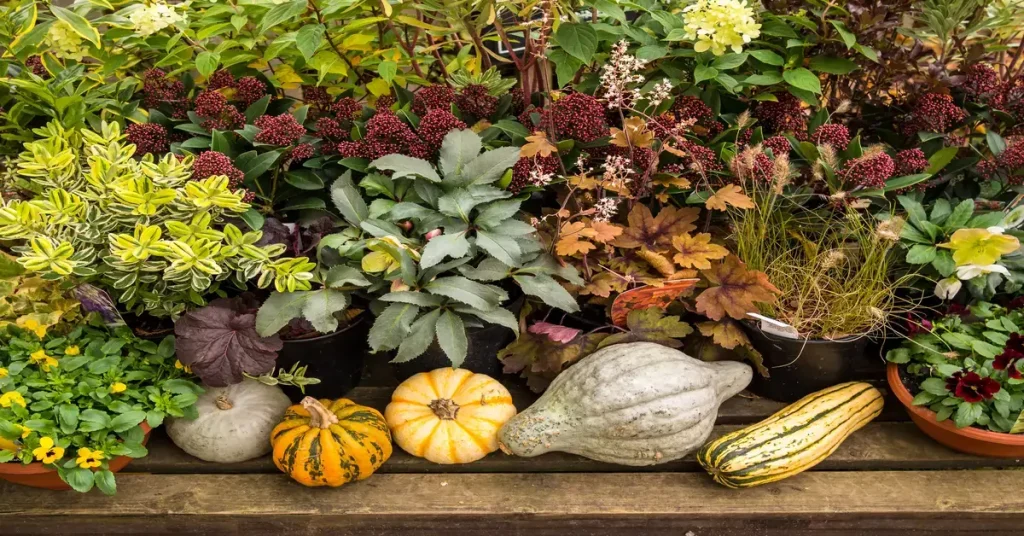Plants, the earth’s natural alchemists, require specific conditions to convert sunlight into life-sustaining energy through photosynthesis. Plants need adequate sunlight, water, essential nutrients, and proper space to flourish. This introduction sets the stage to delve into what makes plants grow, ensuring their health and vitality from root to bloom. Let’s uncover the vital elements that every plant needs to grow.
Light – The Energy Source for Plant Growth

Photosynthesis: Harnessing the Sun’s Power
For plants to grow, they need sunlight, the primary energy source for photosynthesis. This process enables plants to convert light energy into glucose, fueling growth and development. Without enough direct sunlight, plants cannot photosynthesize effectively, stunting their growth and diminishing the production of flowers and fruit.
Light Requirements for Different Plants
Different plants require varying amounts of light; some need bright light to thrive, while others can grow in lower light conditions. Understanding a plant’s specific light needs is crucial for optimal health and growth. Proper light can also prevent elongation, where plants stretch toward a light source, potentially weakening their structure.
Water – The Lifeblood of Plant Health

Water’s Role in Plant Survival
Water is fundamental for plant survival, as the lifeblood that carries nutrients from the soil to the plant roots. It is also essential in photosynthesis and respiration, serving as the medium for biochemical reactions. Plants need water to maintain cell turgidity, which is crucial for maintaining plant structure and nutrient transport.
Balancing Water Needs
Too much or too little water can harm plants, making balanced watering practices essential. Overcrowded plants may compete for water, leading to stress and reduced growth rates. Meanwhile, water also helps to regulate a plant’s internal temperature and facilitates the enzymatic actions necessary for growth. Gardeners must understand the water requirements of different plants to ensure they provide just the right amount for healthy growth.
Nutrients – The Building Blocks of Plant Health

Macro and Micronutrients for Growth
Plants extract essential nutrients from the soil, which is paramount for their growth and development. Macronutrients like nitrogen, phosphorus, and potassium are well-known for their roles in plant health—nitrogen for leaf growth, phosphorus for root and shoot development, and potassium for overall plant vigor and disease resistance.
The Subtleties of Soil Nutrition
Beyond the primary nutrients, plants also rely on micronutrients such as calcium, magnesium, and sulfur, along with trace elements like iron, boron, and manganese, to complete various physiological functions. Rich soil teeming with microbial life can enhance nutrient availability. Still, gardeners often turn to fertilizers to ensure their plants receive the full spectrum of necessary elements. Understanding and managing soil fertility is vital to supporting robust plant growth.
Space – The Arena for Growth
The Importance of Physical Space
Space is a critical yet often overlooked component that plants need to grow. Adequate space allows unimpeded access to sunlight and air, essential for photosynthesis and respiration. It also prevents competition for water and nutrients, enabling plants to spread their roots and shoots freely, contributing to a robust growth rate and healthy development.
Room for Expansion and Air Circulation
Ensuring that plants are not overcrowded is crucial, as it allows for proper air circulation, reducing the risk of fungal diseases and pests. Space also affects a plant’s ability to undergo cellular division and enlargement, which occurs in specialized tissues known as meristematic cells. By providing enough room, gardeners can encourage their plants to reach their full potential in size and yield.
Temperature – The Climate of Growth
The Role of Temperature in Plant Processes
Temperature plays a vital role in plant growth and development. It influences the rate of photosynthesis, the energy required for germination, and the timing of developmental stages such as flowering and dormancy. Most plants thrive within a specific temperature range, with optimal growth occurring in warmer conditions during the day and cooler conditions at night.
Adapting to Temperature Variations
Each plant species has adapted to survive within a particular temperature range, and extreme deviations from this range can inhibit growth or even cause damage. For instance, frost can damage or kill plants by disrupting the fluid balance within cells, while excessive heat can lead to water loss and heat stress. Understanding and managing the temperature needs of plants are essential for maintaining their health and ensuring successful growth and reproduction.
Air and Carbon Dioxide – Breathing Life into Plants
Carbon Dioxide: A Key Ingredient in Photosynthesis
Air, particularly carbon dioxide (CO2), is essential for plants to perform photosynthesis, the process by which they make food and release oxygen. Plants combine carbon dioxide from their environment with water to create glucose, an energy source promoting growth and development.
The Need for Good Air Circulation
Good air circulation plays a pivotal role in plant health, preventing diseases such as mildew and enabling efficient transpiration, the process through which plants release excess water. It also facilitates the constant supply of CO2 to the plant’s leaves, ensuring that photosynthesis can continue without interruption. Gardeners and agriculturalists must ensure their plants have access to fresh air and are not stifled by poor ventilation or overcrowding.
Time and Patience – The Unseen Nutrients
Growth Takes Time
Time is an often underestimated factor in plant growth. Each species follows its germination, maturation, flowering, and fruiting timetable. This schedule is influenced by environmental conditions and the plant’s genetic makeup. Gardeners must respect this timeline, providing consistent care throughout the plant’s life cycle.
Patience in Plant Development
Patience is integral to gardening and agriculture. From the slow unfurling of a new leaf to the gradual strengthening of a tree trunk, the growth and development of plants cannot be rushed. It requires a steady commitment to providing the necessary care over seasons and years. In our fast-paced world, the plant’s gradual pace reminds us of nature’s unhurried rhythm and the importance of allowing natural processes to occur.



